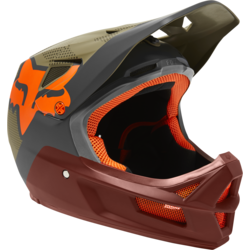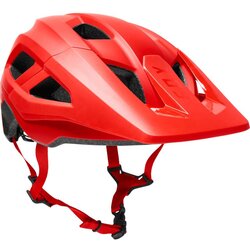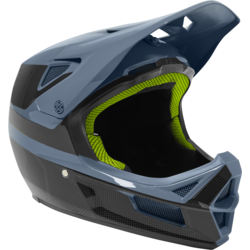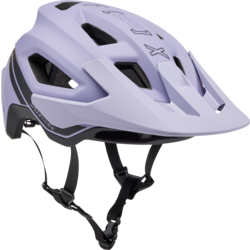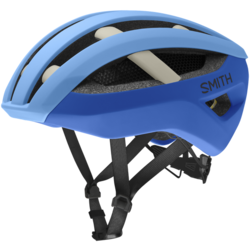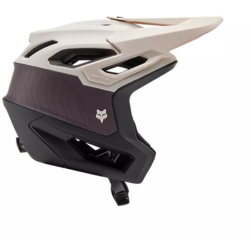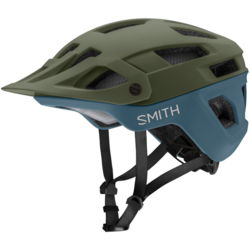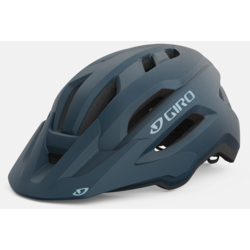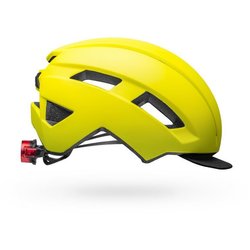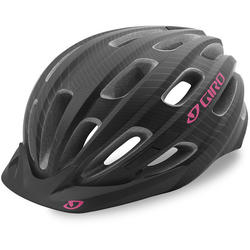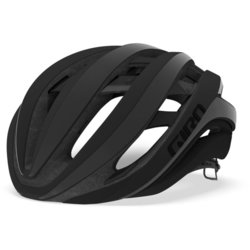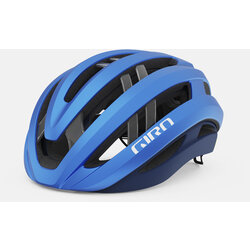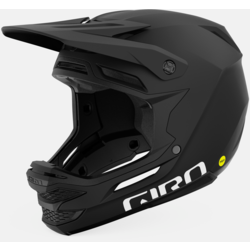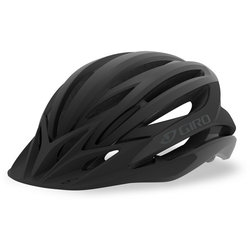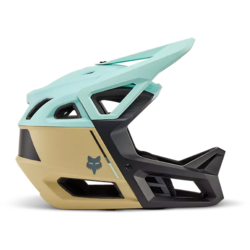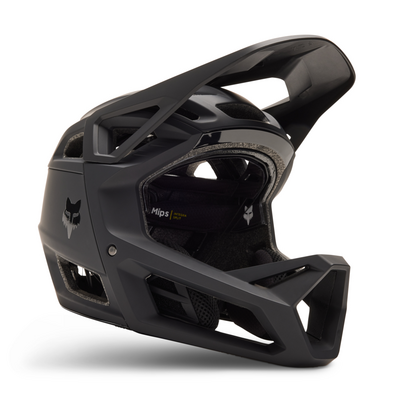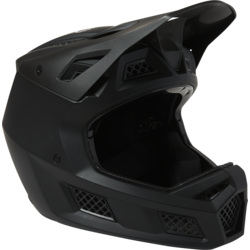
Mountain Bike Helmets
The importance of wearing a well-designed, high-quality helmet while you’re mountain biking really can’t be understated. Mountain biking comes with risks. You’ll face rocky obstacles, tight turns, slippery roots, and dusty descents. And, while falling off is rarely the goal, it is always a possibility. That’s when your mountain bike helmet pays for itself.
There are quite a few different types of mountain bike helmets - and they’re used for different styles of riding. You probably don’t need a full-face helmet to ride along the Mission Greenway. But you should certainly be thinking about it if you’re spending your summers riding the lift-access trails at Silverstar or Big White.
Get a mountain bike helmet that fits. Get a mountain bike helmet that suits your riding style. And get a new mountain bike helmet when yours expires - every few years.
.
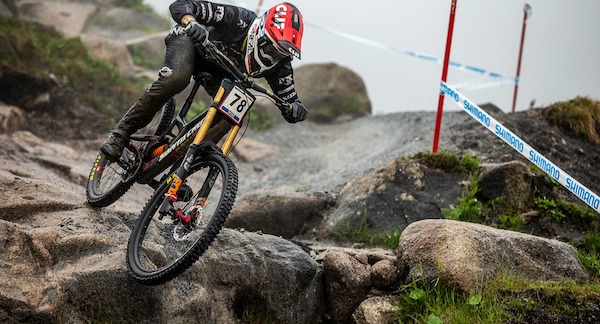
Full-Face Mountain Bike Helmet
A full-face mountain bike helmet is what it sounds like - a helmet that covers some of your face too. These helmets tend to cover more of the back of your head than traditional helmets, and have a chin guard too. They’re best for downhill biking, since they’re designed with protection (not ventilation) in mind. But as convertible full-face helmets have grown in popularity and availability, more riders are using them to get the best of both worlds.
Downhill Mountain Bike Helmet
Most helmets sold in Canada have met one (or more) of the standards required by Canadian lawmakers. These standards include the CSA (Canadian Standards Association), CPSC (Consumer Product Safety Commission), Snell, or ASTM (American Society for Testing and Materials). The rigorousness of these standards vary, but they've all been deemed adequate by the Canadian Government.
Downhill rated mountain bike helmets are tested to a different standard more suited to the rigours of downhill mountain bike racing. The ATSM F1952 Downhill Standard, for instance, requires more coverage and is tested at higher impact levels.
CONVERTIBLE FULL-FACE MOUNTAIN BIKE HELMETS
Helmet technologies have come a long way. They’re lighter, stronger, and some even come with detachable chin guards. These are called ‘convertible’ full-face helmets.
It’s not uncommon to see trail and enduro mountain bikers wearing convertible full-face helmets. Pedalling up with the half-shell mountain bike helmet, then strapping on the chin guard for the descent.
The chin guard is usually lightweight and able to be easily and conveniently transported using a mountain biking backpack or strapped to a hip pack.
MOUNTAIN BIKE HELMETS WITH MIPS TECHNOLOGY
MIPS is a patented protection technology that has been quickly adopted by helmet manufacturers. The reason is that MIPS, or the Multi-directional Impact Protection System, offers protection from forces that occur at certain varying angles. How? By reducing harmful forces during certain impacts.
Look for the yellow symbol to find mountain bike helmets with MIPS technology.
Do you need a special helmet for mountain biking?
It comes down to personal preference and your riding style. If you ride your mountain bike on double tracks, man-made flowy trails (as long as you don’t get too much air), you could get away with a road helmet.
Mountain bike helmets do offer more coverage than road bike helmets though. The visor can shield your eyes from low-hanging branches, rain, sun, and wind. While full-face helmets offer more coverage in case you fall.


